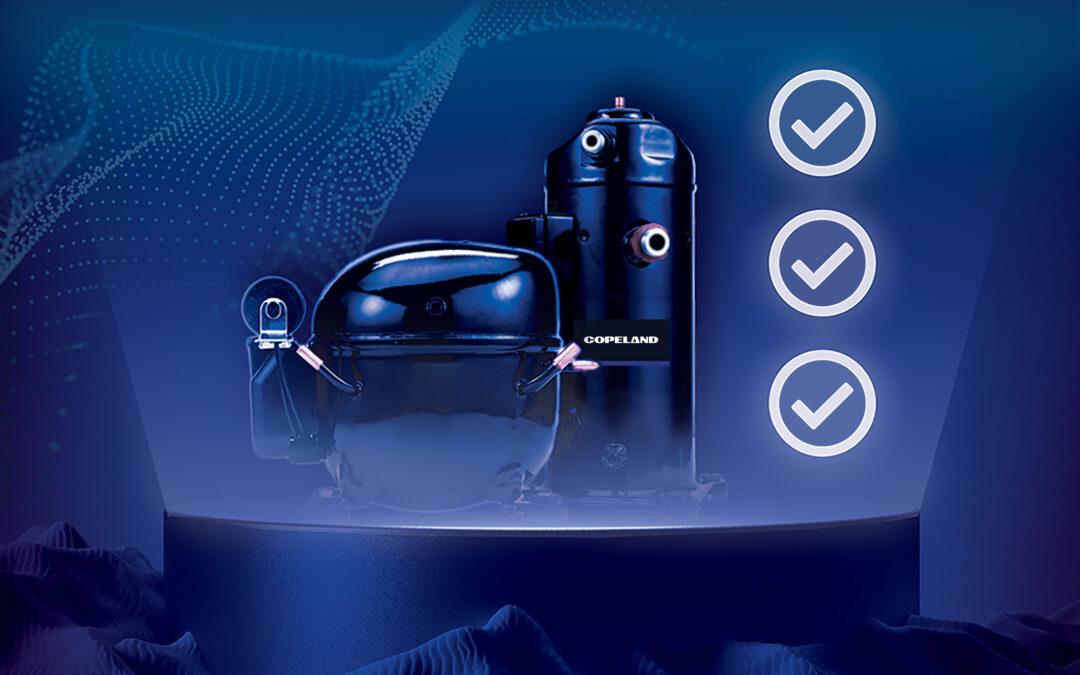*On June 1, 2023 Emerson’s Climate Technologies business became a new standalone company – Copeland. Though our name has changed, we are building on more than a century of HVACR innovation and industry leadership, and Copeland continues to offer the same products, industry stewardship, and learning opportunities you’ve grown to trust. Information found on this webpage posted before June 1, 2023 may contain our old name or branding, but you can be at ease knowing it was created with the knowledge and expertise of Copeland.

According to Tristam Coffin, WFM’s director of sustainability & facilities for its Northern California region, refrigeration comprises roughly one-third of their total energy usage. Their commitment to moving to natural refrigerants arose out of a desire to lower energy consumption and reduce the potential for direct environmental impacts from refrigerant leaks.
But figuring out a natural solution for their self-contained cases presented a unique challenge for the company. When they first started looking for R-290 case manufacturers in 2013, AHT Cooling Systems USA was among the refrigeration equipment manufacturers offering R-290 units. AHT National Sales Manager Howell Feig said that developing R-290 products for the European market enabled AHT to help early adopters in the U.S.
Since 2013, WFM has deployed R-290 self-contained cases across the company’s entire network of stores. Currently, 50 to 60 stores per year are migrating to R-290 as replacements to HFC units, either in new stores or in new programs.
“While these units make up less than 10 percent of our overall refrigeration footprint, they have hit a home run for us in that they’re 10 percent more efficient in most instances, and they’re using a natural refrigerant,” Coffin said.
Both Feig and Coffin believe that the U.S. food retail industry is slowly shifting toward R-290 use in self-contained cases. From AHT’s perspective, Feig explained that early adopters like Whole Foods Market have served as a proof of concept for less progressive retailers. As a result, adoption has increased to the point where AHT will transition its entire equipment platform to R-290 by the end of this year.
The 150g charge limit of R-290 systems largely restricts its usage to these low-charge, self-contained units. While the standards governing the safe use of R-290 are currently under review, Feig and Coffin agreed that a charge limit increase would open new opportunities that aren’t currently possible. Raising the limit to 500g would allow R-290 to be used in open-door cases as well as walk-in coolers and freezers. This prospect could potentially even allow for a full-store solution of self-contained R-290 cases, which would be particularly advantageous in smaller urban locations where space constraints prevent the use of centralized racks.

Electrical component considerations for A2L system safety
Electrical component considerations for A2L system safety As a new refrigerant category in the...

A2L refrigerant regulation updates: what you need to know today
Preparing for the approval and safe use of A2Ls in commercial refrigeration applications The move...

Address Efficiency Mandates with Compression Technologies
Strategies for complying with DOE and ENERGY STAR® in self-contained and remote condensing units...
